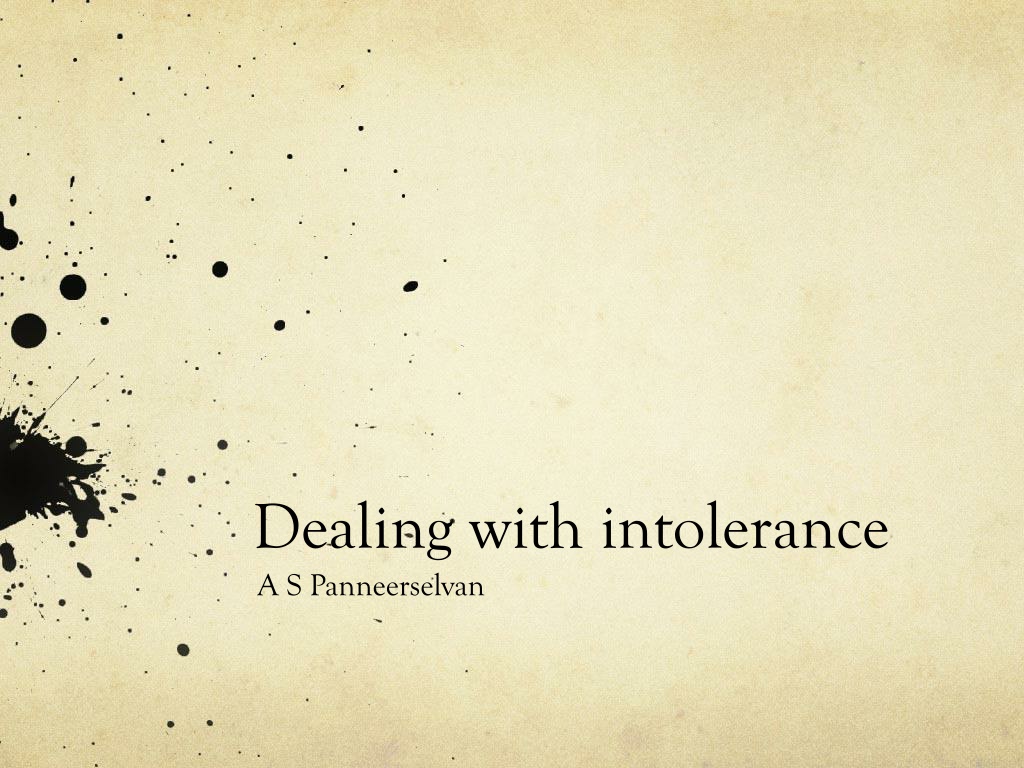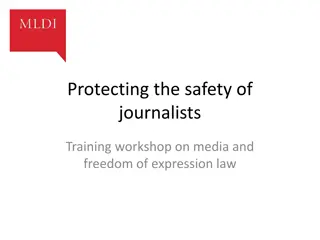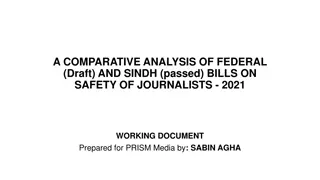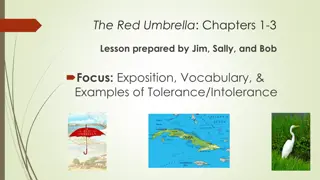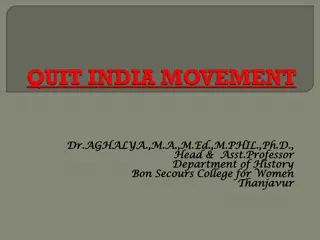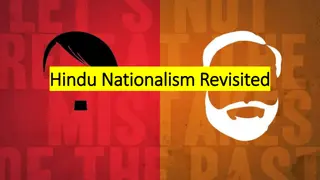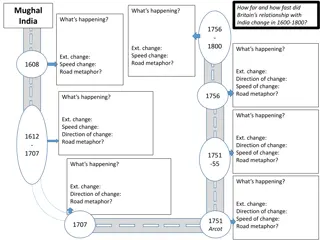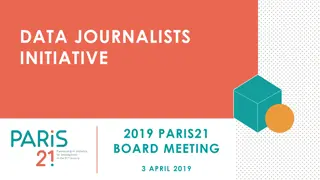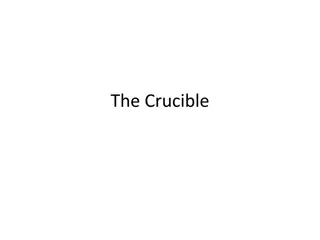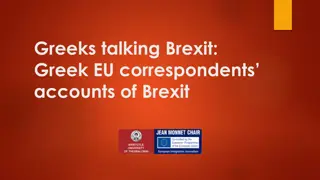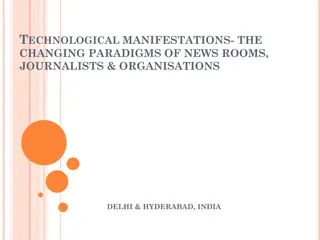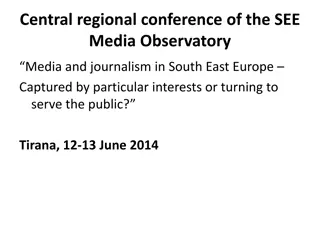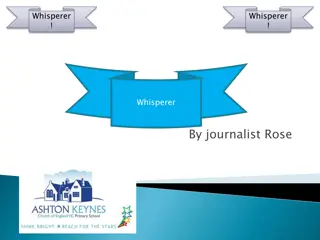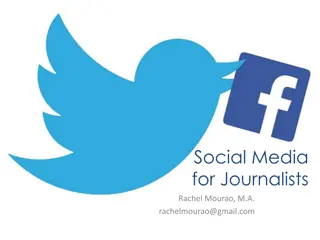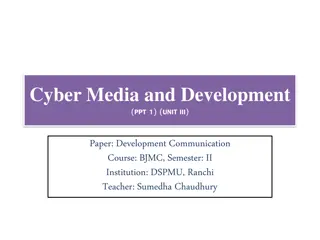Dealing with Intolerance: Challenges Faced by Journalists in India
India, a country of contradictions, struggles with press freedom as journalists face threats and violence. With a backdrop of incidents like the killing of Gauri Lankesh, issues of gender, caste, and hyper-nationalism contribute to a hostile environment for the media. Social media amplifies these challenges, showcasing a concerning trend of intolerance and hate. The response from government officials and critics reflects the ongoing battle for journalistic integrity and freedom of speech in India.
Download Presentation

Please find below an Image/Link to download the presentation.
The content on the website is provided AS IS for your information and personal use only. It may not be sold, licensed, or shared on other websites without obtaining consent from the author. Download presentation by click this link. If you encounter any issues during the download, it is possible that the publisher has removed the file from their server.
E N D
Presentation Transcript
Dealing with intolerance A S Panneerselvan
India is a country of glorious contradictions British economist, Joan Robinson once said: "Whatever you can rightly say about India, the opposite is also true. It is the largest democracy in the world; it is sixth biggest economy and it ranks 133 in press freedom
A quick background Threat to journalists are real India lost 45 journalists since 1992 on line of duty In 2017 India was in a shameful position a tally of 12 journalists either murdered or killed in suspicious situations.
India is ranked 136th among 180 countries in World Press Freedom Index (2017) of Reporters Sans Frontiers and the country is just ahead of its neighbours Pakistan (139), Sri Lanka (141) and Bangladesh (146). Killing of Gauri Lankesh last year brings together the three driving forces of hate and intolerance that is damaging India s social fabric- gender, caste and hyper- nationalism
There were number of tweets and social media forward that were gleeful of the killing of Editor Gauri. These people were followed by none other than Prime Minister Narendra Modi himself Swati Chaturvedi wrote a scathing attack on this phenomenon in her article General Narendra Modi and His Troll Army
Union minister Ravi Shankar Prasad tweeted: I strongly condemn and deplore the messages on social media expressing happiness on the dastardly murder of Gauri Lankesh. The troll was upset that she was being scolded for celebrating a brutal murder. He was attacked by his own supporters: Bowed down to media, secular and liberal bullies? We work for you tirelessly, selflessly. This is the reward, tweeted @RitaG74, who is blessed to be followed by Modi .
After a person followed by Modi and photographed with information and broadcasting minister Smriti Irani tweeted a bitch died a dog s death on the Lankesh murder and three other handles followed by Modi drew huge condemnation, critics of this abuse trended the hashtag #BlockNarendraModi on Twitter.
Three specific cases Ravish Kumar of NDTV Rana Ayyub who has written a critical book on the present regime Masrat Zahra for her photograph captioned: Gun vs Camera .
Ravish Kumar wrote that the new India has become of Republic of Fear with the help of the ruling Bharatiya Janata Party s IT cell and its troll army. In the eyes of the ruling BJP any critical coverage of the government is anti-Modi, anti-Hindu and anti-national, and must be met with death threats. Now there is also rape threats to women in his family
Rana Ayyub received a barrage of hate-filled messages, which included calls for her to be gang-raped and murdered, and made numerous references to her Muslim faith. Her phone number and home address were posted on a social network, and the threats against her are continuing even though she has clarified that the Tweet was false. We are highly concerned that the life of Rana Ayyub is at serious risk following these graphic and disturbing threats, said the UN human rights experts
On 15 May, 2018, Masrat Zahra, a photographer based in Srinagar posted a photograph titled Gun vs Camera . The photograph, which shows her at work, covering an encounter between the Indian Army and a group of militants in, Kashmir on April 1, 2018. In the photograph, Masrat is seen amid four army personnel while covering the gunfight. Masrat s post received a comment labelling her as a Mukhbir or informer. This defamatory screenshot referring to Masrat as an informer who works for the army got viral within no time and now she lives in mortal fear
Yes to criticism, no to vitriol As our guidelines state, abusive comments, hate speech, personal attacks will not be published. Nor comments under anonymous/generic names such as concerned Indian will find a place. We do not take sides and work to ensure that both sides of a debate are heard. All comments are read through completely for hate speech, bias and then published
Comments moderation is exhausting and continuous we are not able to clear all comments as fast as we would like to. We get close to 2,000 comments on a normal day. On a day of interesting developments and controversies, the numbers go up significantly leading to a backlog. We have recently been able to highlight comments which are interesting, add new information, etc.
The anonymity of cyberspace seemed to bring forth the worst in people. Despite the seduction of technological fixes, according to them, there was no alternative to reading and then publishing each of the more than 2,000 comments they received on an average every day. The Internet Editor requests the readers to use the flag icon that comes with every comment if they find any thing objectionable or offensive. This is an additional line of defence against insensitive comments where the readers can contribute as gatekeepers.
My guiding principle is inspired by Rabindranath Tagore s writing on Nationalism in December 31, 1899: The hungry self of the Nation shall burst in a violence of fury from its own shameless feeding. For it has made the world its food, and licking it, crunching it and swallowing it in big morsels, it swells and swells till in the midst of its unholy feast descends the sudden shaft of heaven piercing its heart of grossness.
